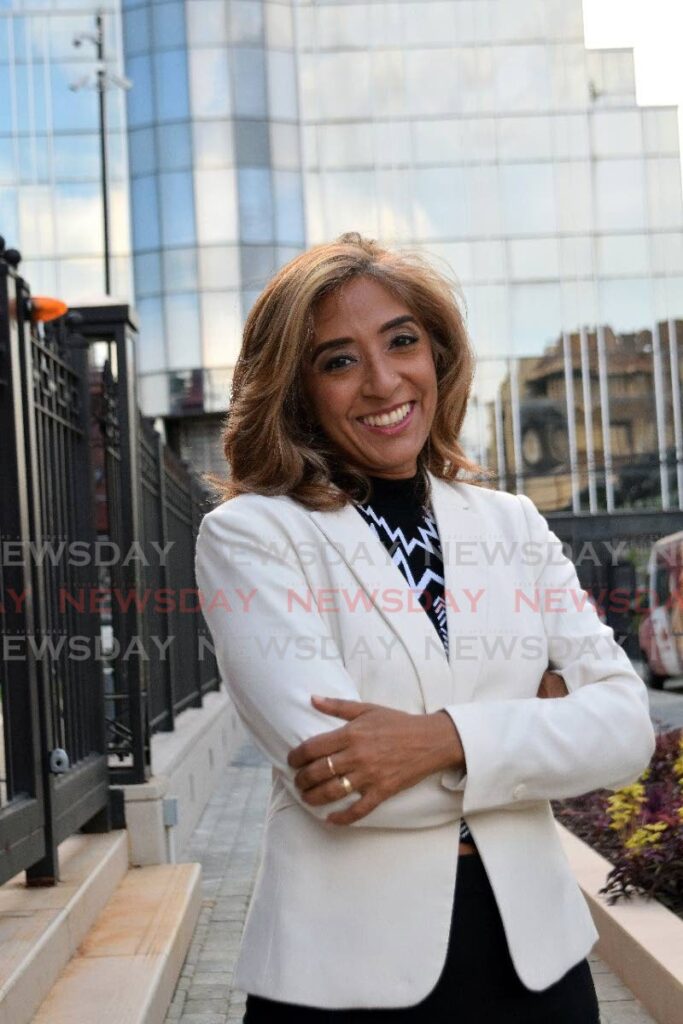A chance to forge our TT

DR GABRIELLE JAMELA HOSEIN
THE LEAD-UP to our 60th year of independence is excellent timing for a reignited conversation about decolonising our landscape of statues, streets and parks.
This is a decades-old discussion whose fire has been kept alive by global reparations research and advocacy, changes made in India and Myanmar, student protests from South Africa to Bristol, Black Lives Matter movements, Caribbean historians and African and indigenous organisations.
As always, what is happening in TT is interwoven with complex global currents, including a Latin American emphasis on decoloniality which has influenced thinking over the past two decades.
This is different from postcoloniality, where black and brown men (and a minority of women) filled the roles and institutions previously held and dominated by white men, but kept the legacy of colonisation intact in newly independent nations.
By contrast, to be decolonial is to question everything about the postcolonial world from the perspectives of the marginalised and oppressed, those least remembered or valued, those seeking to right historical wrongs, and those who radically challenged social order as it was forcibly established over hundreds of years.
It is to champion care, freedom, justice and solidarity over mere continuity, whether in relation to law, governance, schooling, gender or sexuality. With these values in mind, everything about ourselves, our landscape and our institutions is up for renewed self-determination.
It’s an amazing time to be a young person, unintimidated by the entrenched authority of dead white men and their beliefs, ideas and actions. It reminds us that independence was not only a historical moment, something that happened and is over, but a continuous and collective act of forging a nation from an unapologetic love for liberty, as its meaning evolves over time.
In our little local teacup, of course, we are whipping up a storm. Some are against any change, some for changing everything. Some argue for naming only new things, leaving in place the old. Some don’t think cultural change is as important as addressing our social, economic and infrastructural failings. Some worry about ethnic and gender bias, technical challenges of changing postal addresses, risks of state lip service and creation of communal disunity.
Some argue that changing names denies history. Rather, is an act that acknowledges history, and the colonials and plantation owners through whom we still locate ourselves. It is also an opportunity to name those, such as our ancestors, who were often in resistance to these men, but whose names have disappeared from our geography, schoolbooks and memories.
We could replace street names entirely or leave them but instal plaques that provide the truth of violence, exploitation or inequity endured, so that we are reminded at every step of our resistance, creativity and survival.
The first is a far more radical gesture of national self-making. It replaces those symbols, like scars of harm, with those of our homegrown movers and makers of history. It could transform TT for future generations.
The second option is a conservative compromise. In a postcolony, public space is a living, breathing arena for teaching about the past. Here, mas is a theatre of the streets. Similarly, we don’t need a European-museum approach to history. The places where the past was made, where we walk every day, can make us more conscious of our past, present and future dreams, the isms and atrocities fought, and freedoms hard won.
Removing statues such as that of Columbus can powerfully show indigenous people that we now condemn a man whose invasion of the Americas led to the genocide and dispossession of millions of their foremothers and forefathers. It should remind us that our nation was built on occupied indigenous land, and we are inheritors of such domination.
Alternatively, leaving such statues in place, but toppled, reframed or defaced for all to see, shows those figures are no longer held in high regard. Still others have suggested creating an area where such statues could be located and the story of their displacement told, instead erecting an indigenous woman where Columbus once stood or replacing Picton’s street names with Luisa Calderon’s.
There’s value in different options and possibilities. We therefore need thoughtfulness and an ability to listen, willingness to change our minds, skills in building consensus, and a path away from quick and dismissive opinion.
Liberty and loving are messy, but are ours to choose in this deliberation. More than about statues and street names, on the cusp of independence, let’s not mistake this chance to forge our shared beliefs as a nation.
Diary of a mothering worker
Entry 471
motheringworker@gmail.com


Comments
"A chance to forge our TT"